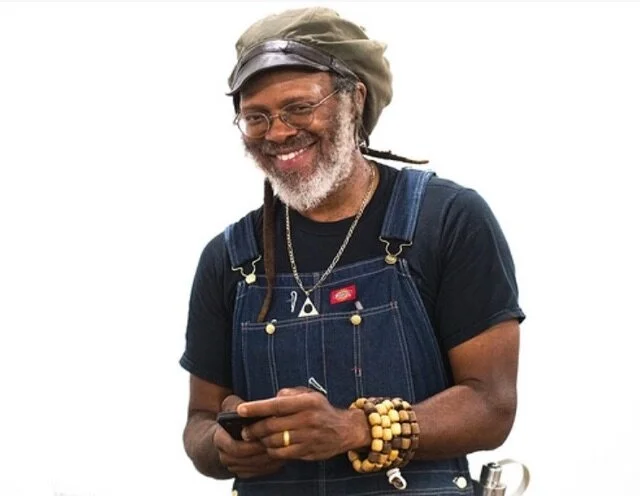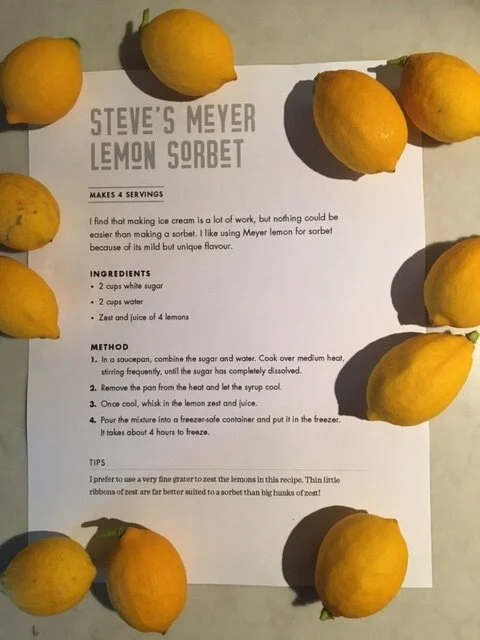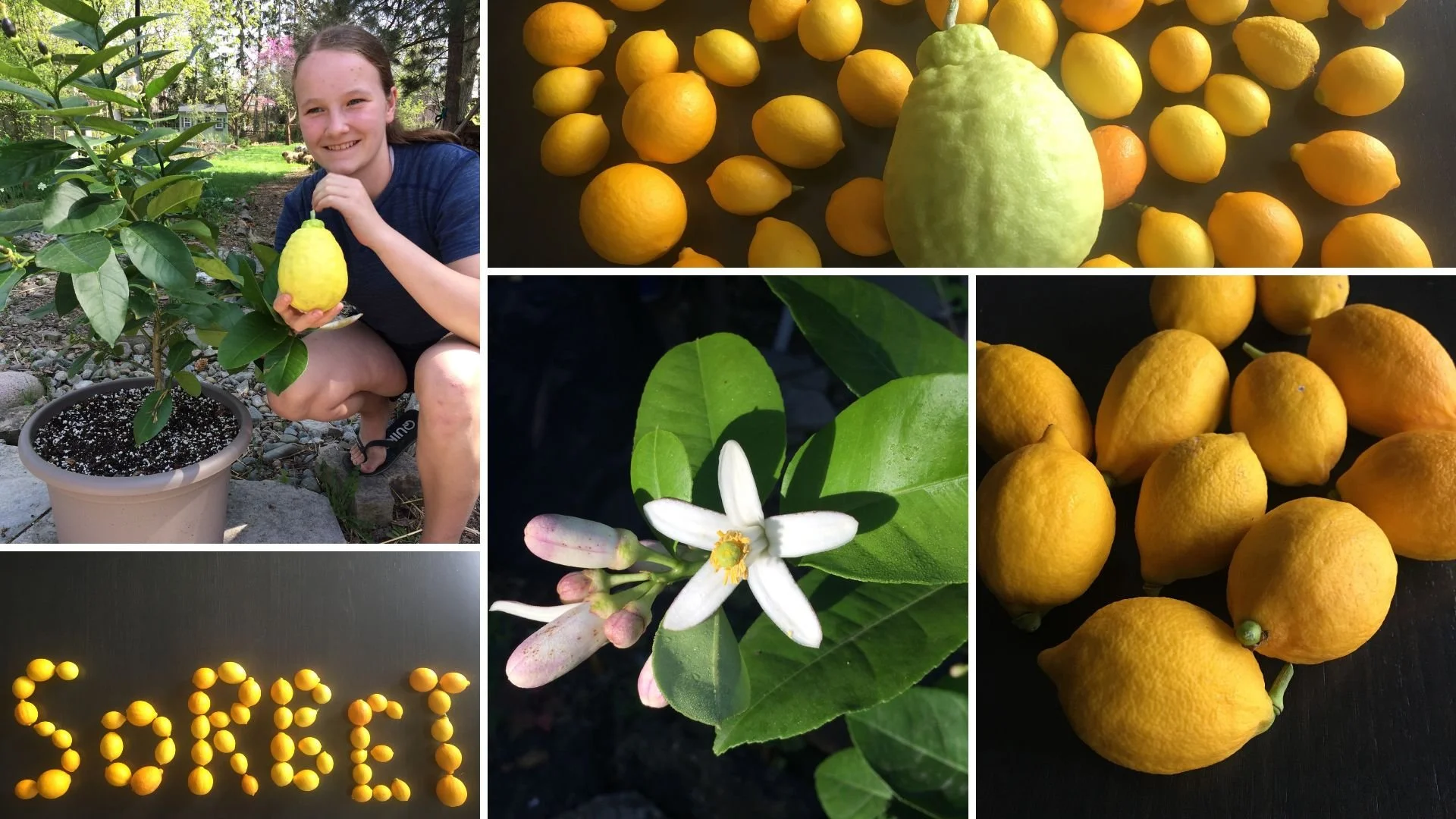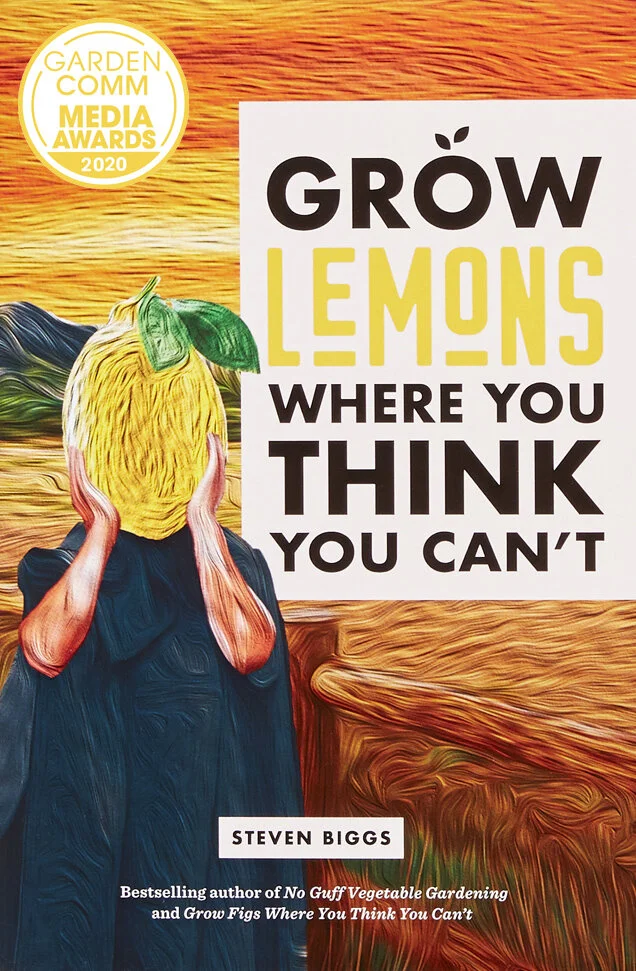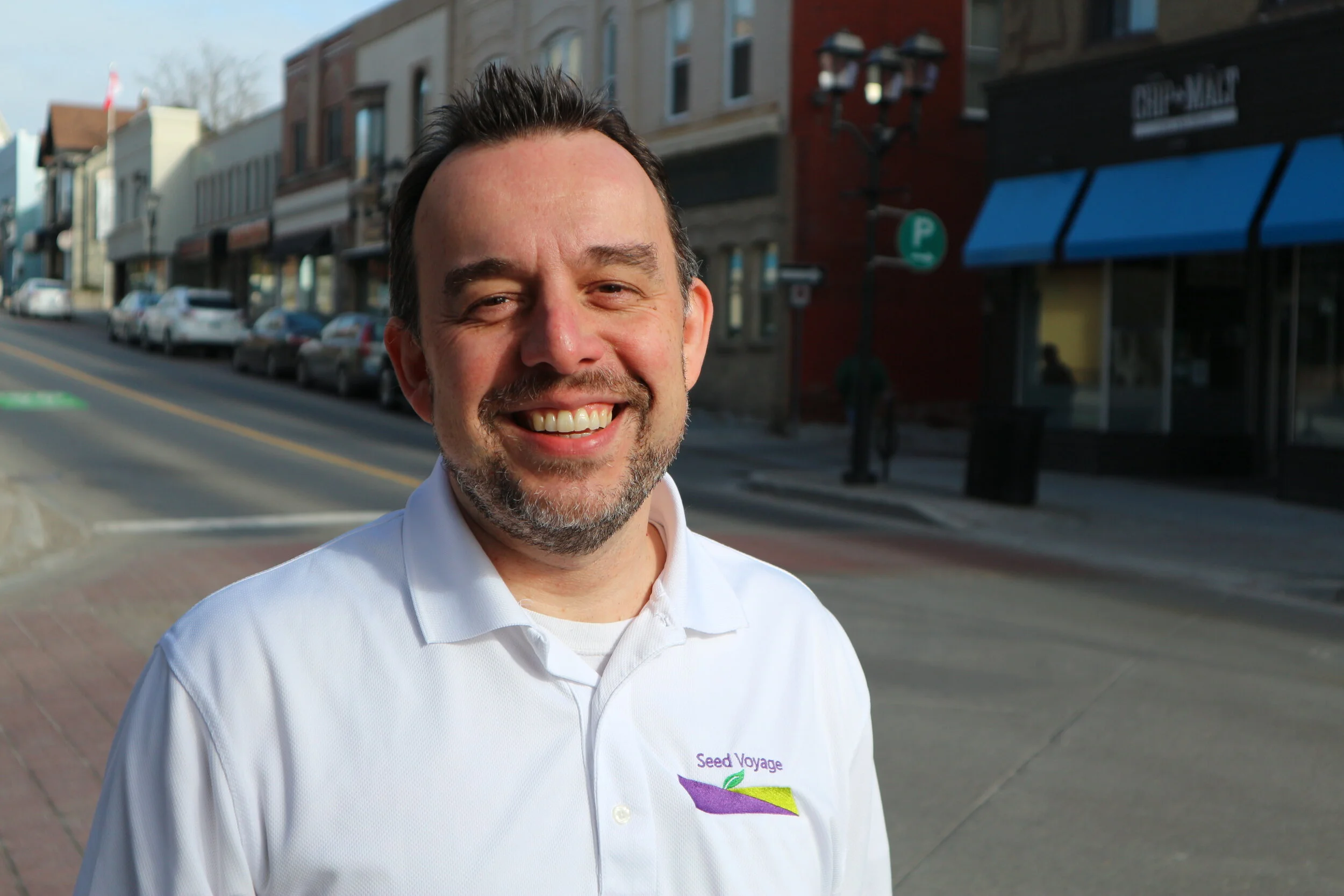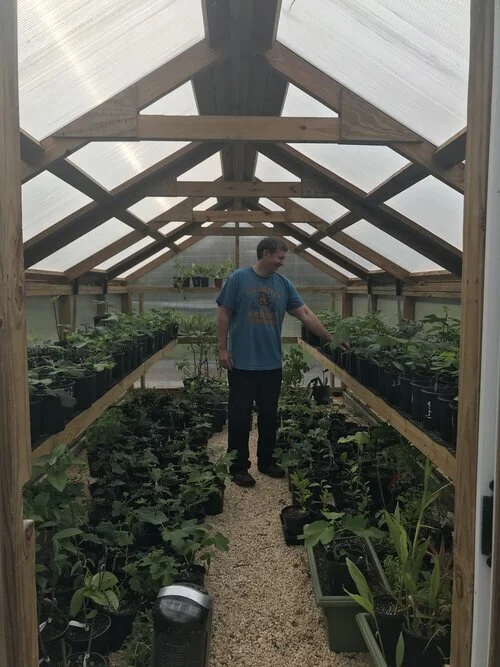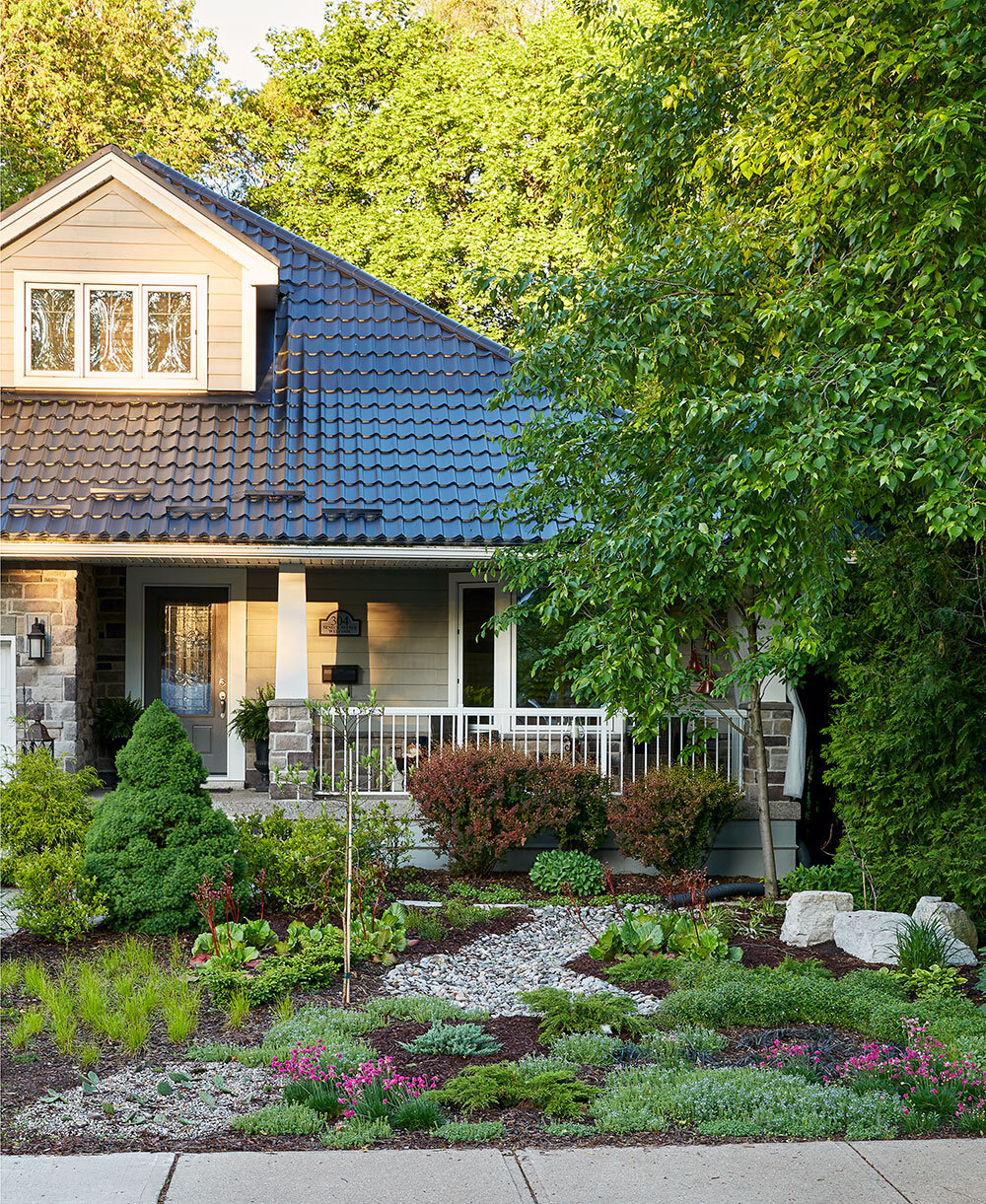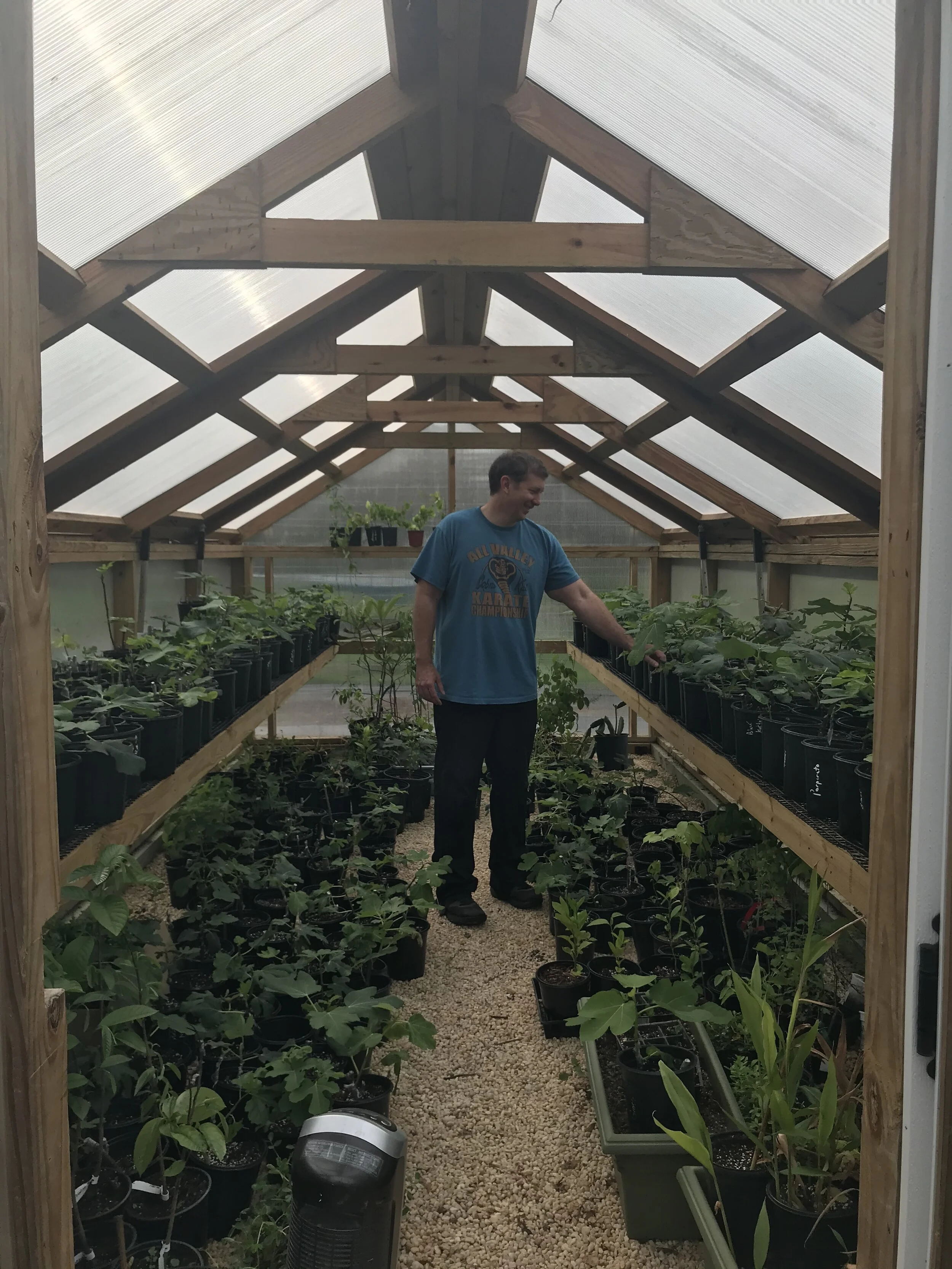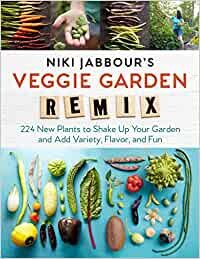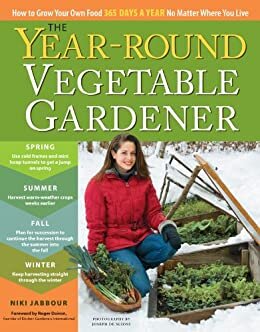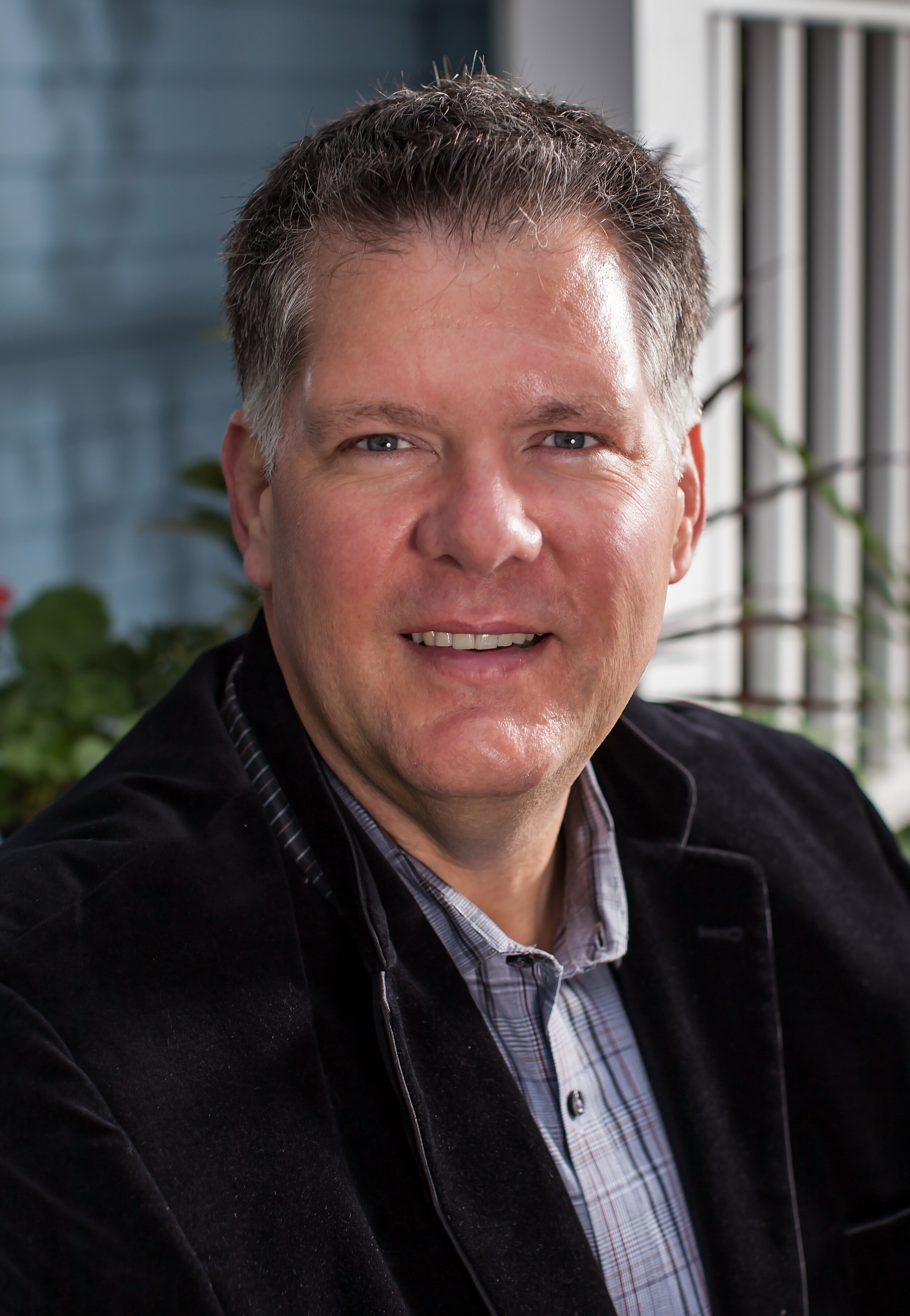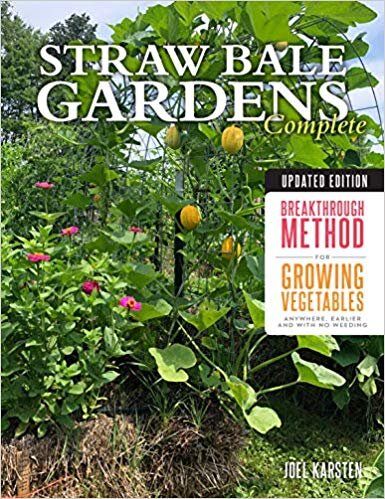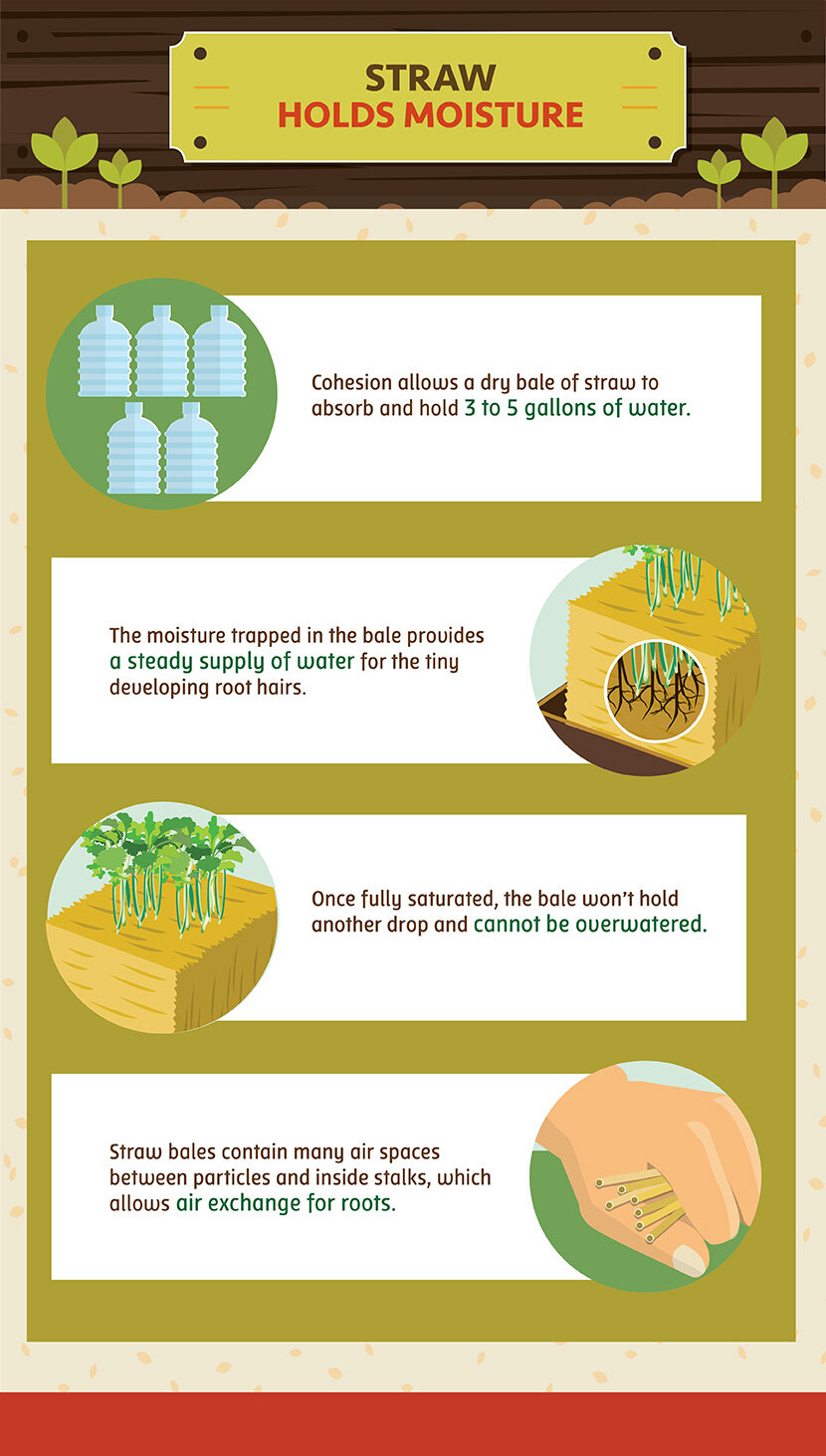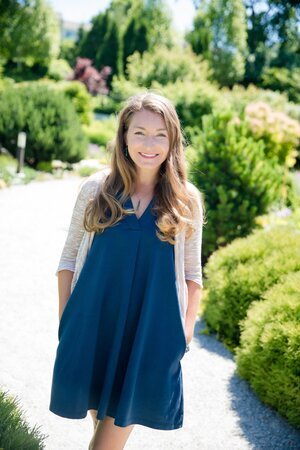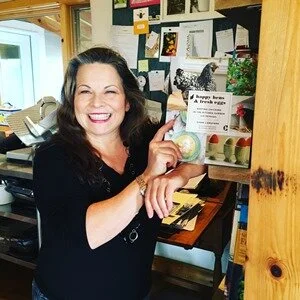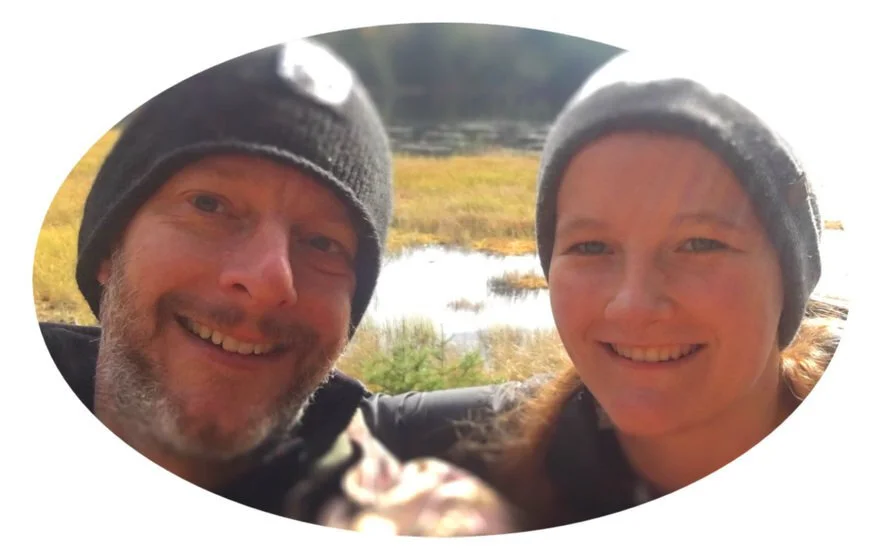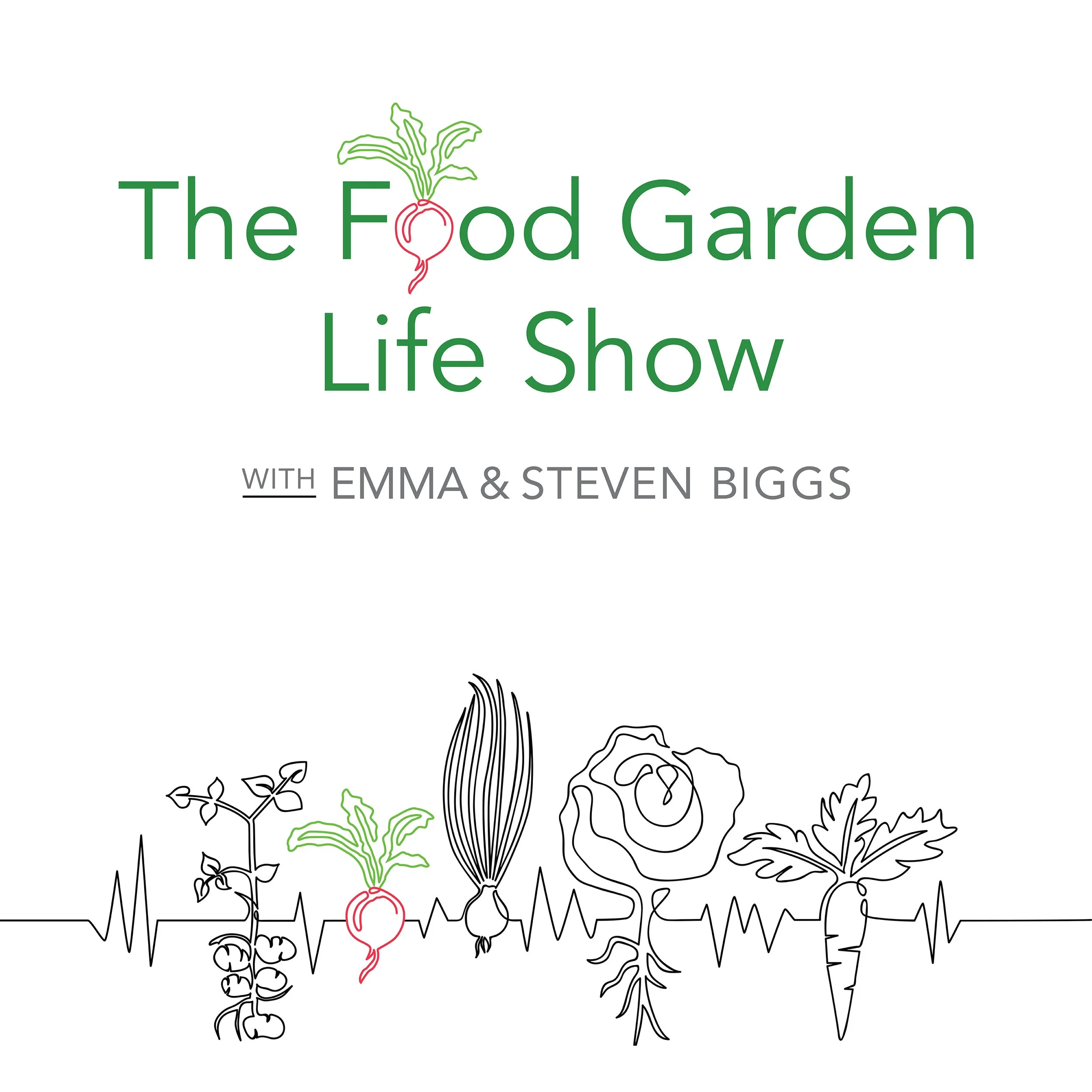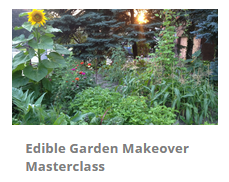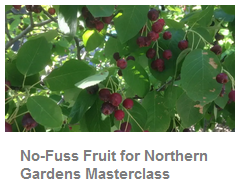Growing People, Networks, and Food
Atlanta urban farmer and changemaker Maurice Small.
Atlanta urban farmer, food system thinker, educator, changemaker, and worm whisperer Maurice Small joins us to talk about growing people, growing community, and growing food.
Small talks about what got him into growing food, the urban agriculture scene in Atlanta, using gardening as a way to build community, and youth leadership.
“I had the desire to do what my father did with me, which was grow food, share food, propagate plants.“
Small also talks about helping customers understand what goes into food production.
“They know that something might crawl out because we don’t spray.”
Neighbourhood Foraging for the Wild Food Gourmet
Robin (Robert K.) Henderson, author of The Neighborhood Forager: A Guide for the Wild Food Gourmet
Robin Henderson joins us to talk about foraging.
As he was growing up, he heard family stories about the foraging of previous generations.
Then, as urban growth engulfed the area where he lived, he discovered the many edible plants growing in his own neighbourhood.
Henderson points out that many people think of “subsistence” foraging—foraging to fill the stomach. For him, foraging can be a lot more than subsistence—he’s a big believer in “gastronomic foraging.”
Henderson explains that it’s even possible to forage in winter, while there is snow on the ground.
Gourmet Ideas Include:
elderflower champagne
sumac lemonade
sorrel paste and sorrel soup
spruce beer
dandelion salads and dandelion root coffee
velvety lambs quarters
Fruit in the Urban Foodscape
Helena Moncrieff, author of The Fruitful City: The Enduring Power of the Urban Food Forest
Helena Moncrieff, author of The Fruitful City: The Enduring Power of the Urban Food Forest, talks about the many types of fruit that can be found growing in cities.
Fruit plants often reflect the history of an area. Grape vines are common in neighbourhoods where a lot of residents have Mediterranean family roots; cherry trees are common in areas with large Ukrainian populations.
Beyond private yards, Toronto has the relatively new Ben Nobleman Community Orchard, while Victoria, British Columbia has a well established public orchard movement.
Moncrieff became interested in urban fruit—and the people and stories behind it—when her daughter joined Not Far From The Tree, a fruit picking and sharing project in Toronto.
Her favourite fruit to forage in Toronto is the serviceberry.
Grow a Meyer Lemon in a Pot
Meyer lemon sorbet recipe from the book Grow Lemons Where You Think You Can’t
Emma made Meyer lemon sorbet yesterday.
She made it with home-grown Meyer lemons, picked in Toronto in the month of May.
Steven has grown lemons since the 1990s—but it was a visit to Bob Duncan at Fruit Trees and More Nursery in British Columbia that inspired him to write his book Grow Lemons Where You Think You Can’t.
Victoria has a mild climate, so Bob grows lemons espaliered on the side of his house. Over the winter, he used incandescent light strings and row-cover fabric to protect the lemon trees.
Steven and Emma dig into growing lemons in colder climates—and why lemons are an idea container plant.
Did you know that in addition to the fruit, you can use lemon leaves in the kitchen?
There are many ways to keep lemon trees over the winter, even without a greenhouse or a bright south-facing window.
Find Out How to Grow Your Own Lemons
Grow Lemons in Cold Climates Masterclass shows you how to grow a lemon tree in a pot or outside with protection. And get lemons!
More Lemon Growing Information
Lemon Book
Ever thought about growing a lemon tree in a pot? This book tells you how.
Grow a Food Garden You Love
Emily Murphy, Author of Grow What You Love
Emily Murphy finds daily inspiration in her garden in Northern California. She describes her passion for gardening as, “A love affair.”
Early Start
Emily got an early start in gardening. “If you were around in the 70’s, I was the kid down the road whose family was growing potatoes in her front yard instead of a lawn,” she says.
Teaching Gardening
Emily is a garden designer, educator, and author who weaves together her studies in botany, ethnobotany, environmental science, and ecology.
In her teaching she brings together gardening and living.
“Our gardens are one of our most immediate touch points with nature.”
Grow What You Love, by Emily Murphy
Emily is the author of the book Grow What You Love, 12 Food Plant Families to Change Your Life, an inspiring guide to planning, making, and growing a garden.
Connecting Food with Eaters
Dushan Batrovic, an avid backyard food gardener who created an app that connects excess harvest to a good home
Backyard food gardener Dushan Batrovic tells us about his journey into food gardening.
After growing up in a family that gardened, Dushan took a break from gardening. But when he started gardening again, the taste of fresh garden produce made him an advocate for backyard growing.
Dushan gardens in two raised beds, along with a garden on his shed roof. As he was making the shed, he thought, “Since I’m creating a roof here I might as well add a bit of real estate to my growing.”
“Since I’m creating a roof here I might as well add a bit of real estate to my growing.”
Dushan Batrovic’s backyard
Connecting Backyard Growers with Eaters
Working in the tech industry, and seeing how he and other neighbours could harvest more of their favourite crops than they could use, he wondered about ways to share around excess harvests.
Dushan created an app called SeedVoyage, which helps gardeners who have excess produce connect with eaters.
“I Saw the supply and demand mismatch.”
”
An Urban Hot Pepper Container Garden
We chat with pepper expert Claus Nader, owner of East York Chile Peppers in Toronto, Ontario.
Claus Nader, East York Chile Peppers
Claus tells us about his urban hot-pepper container garden.
He grows specialty peppers, saves seeds, and makes hot sauces, pickled peppers, jams, salsas, and dehydrated peppers.
Claus shares his approach to making hot pepper sauce: he thinks hot and sweet go well together.
“It’s a really nice community, and we inspire each other, which is great.”
Off the Beaten Path with…Figs
Growing Unusual Fruit in PA
Excerpt from The Food Garden Life Radio Show, May 2020
In The Biggs-on-Figs segment, Steven talks with Bill Lauris, a chemistry teacher and nursery operator in Lancaster, Pennsylvania, who loves growing figs and other unusual fruit. Bill runs Off the Beaten Path Nursery.
Bill Lauris from Off the Beaten Path Nursery.
Gardening Your Front Yard
Author and gardening expert Tara Nolan joins us to talk about front yard gardens and share ideas from her new book, Gardening Your Front Yard: Projects and Ideas for Big and Small Spaces.
Front yard veggie gardens
Rain and pollinator gardens
Salad side table
Tips for making a new garden
Her front-yard pollinator palace
Tomato-Talk Segment
Emma chats with Trish Crapo and Tom Ashely at Dancing Bear Farm in MA.
Trish and Tom joined us on the show in April 2019 to talk about figs…but they are tomato-crazy too!
Biggs-on-Figs Segment
Steven chates with Bill Lauris from Off the Beaten Path Nursery in Lancaster, Pennsylvania.
Bill is a chemistry teacher by day who spends his spare time educating people and challenging them to grow unusual fruit.
Urban Farming, Liberating Lawns, Building Community
Cheyenne Sundance at her farm, Sundance Harvest
Cheyenne Sundance talks about how she started her urban farm, Sundance Harvest, when she didn’t see urban farms representing the diversity she felt they should.
A believer that independence is growing food, Cheyenne teaches and mentors youth, sharing her passion for growing food.
Liberating Lawns
An initiative that she started in the spring of 2020 is Liberating Lawns, a neighbourhood-centric, yard-sharing program she hopes will help people reconnect with land and food.
Grow Food Toronto Facebook Group
Cheyenne helps to run a new Facebook group called Grow Food Toronto, which focuses on growing food and food security.
Create a “Food Street” with Food Up Front
Kassie Miedema and Mark Stewart
Mark Stewart and Kassie Miedema join us to talk about a grassroots program encouraging people to grow food in front yards.
The idea is to produce more food locally—and to connect people around food.
Participants in the program can also put up a sign in the garden to raise awareness of the idea—and to stir up conversation.
What does success look like? A food street, with many neighbours growing up front.
Food Up Front is an initiative of Transition Toronto, a chapter of a global movement for change.
“The goal being to create a food street.”
Mark Stewart
Growing a Chinese-Style Kitchen Garden
Wendy Kiang-Spray, author of The Chinese Kitchen Garden, joins us to talk about about vegetable crops used in Chinese cuisine, Chinese intensive gardening, and her family’s gardening journey.
Her book weaves together stories and photos from three generations of her family.
While she started gardening as an adult when one of her own daughters asked to grow a garden, Wendy grew up immersed in gardening, in a household where gardening and cooking fresh garden produce was normal. Her father is an avid gardener, and both he and her mother love to cook.
The book includes many of her parents’ recipes for traditional Chinese dishes.
Photos from The Chinese Kitchen Garden
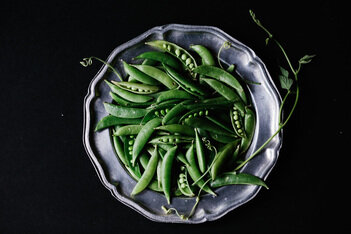
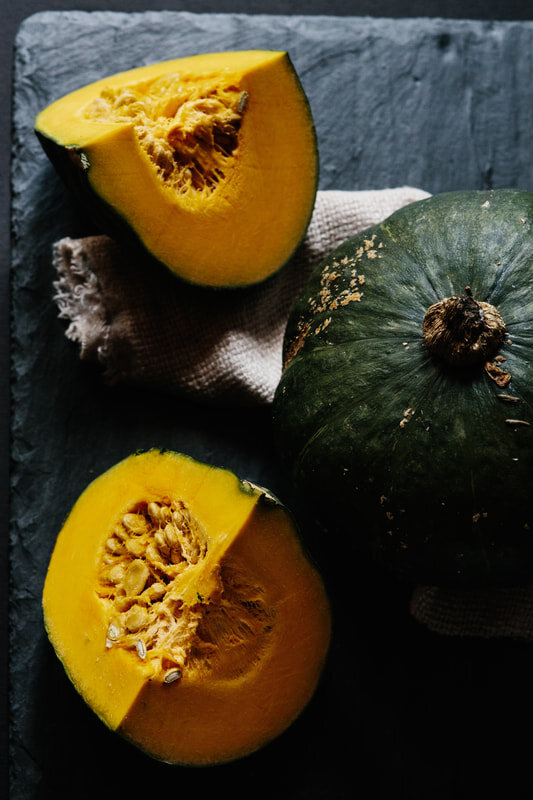
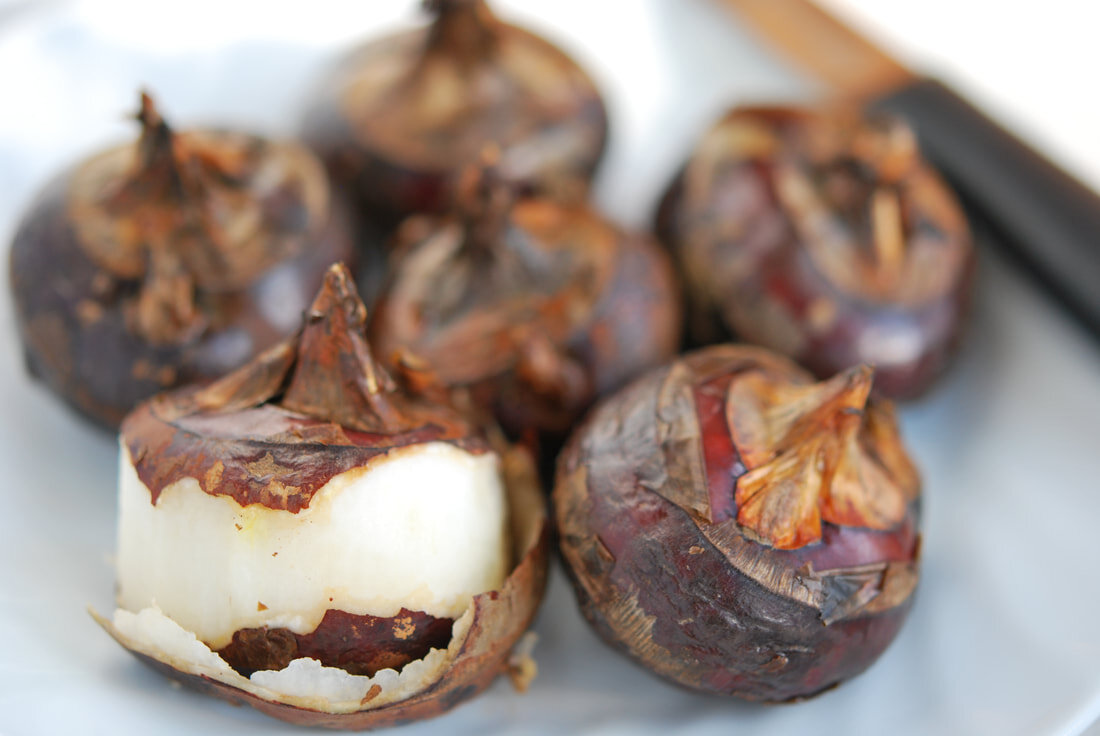
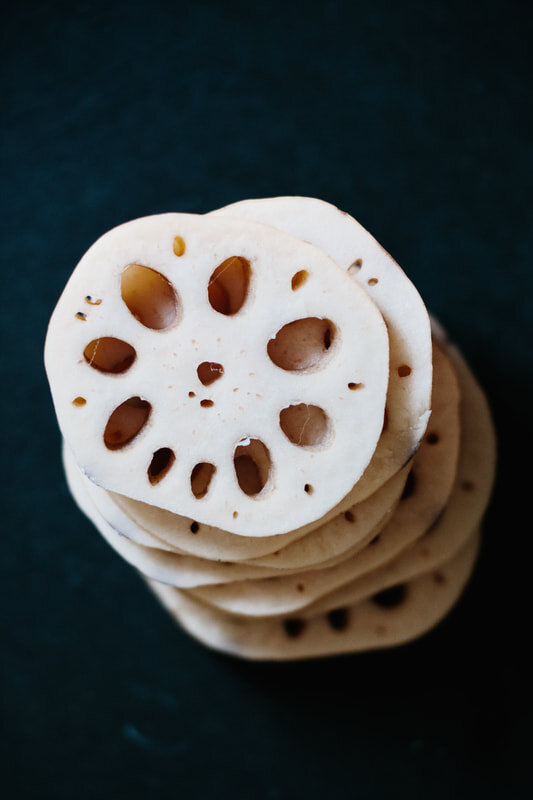
New and Favourite Food-Garden Crops with Niki Jabbour
Niki Jabbour, author of Veggie Garden Remix
We check in with vegetable gardening expert Niki Jabbour in Nova Scotia to find out what’s new in her garden for 2020, and to see what favourites she is growing.
Niki is the author of Veggie Garden Remix, Groundbreaking Food Gardens, and The Year-Round Vegetable Gardener, and the host of The Weekend Gardener radio show.
We find out more about some of the crops in Veggie Garden Remix—and find out some of her other garden favourites.
Ever heard of hodge-podge? It’s an East Coast specialty that sounds delicious!
Gardens and Healing
Stephanie Rose, author of Garden Alchemy and writer and blogger at GardenTherapy.ca.
Stephanie Rose has a passion for inspiring other people to grow and use plants. It’s a passion that began with her own journey of healing herself by taking up gardening.
“This is where I’m going to recover. I’m going to rehabilitate myself using the garden.”
Stephanie is a Vancouver-based award-winning author, speaker, and master gardener who teaches people how to grow and use plants. She weaves her knowledge of herbalism and permaculture into her work.
Using Gardens to Heal
Stephanie talks about her own journey of recovery as she began to garden.
A parent, she has a lot of ideas for parents who want kids to garden. In her own yard, she opted for a play garden instead of a plastic swing set. Her 6-year-old son says that he wants to be a master gardener: When she runs kids gardening events, he likes to lead groups of kids on scavenger hunts.
Garden blogger Stephanie Rose’s latest book, Garden Alchemy.
Garden Alchemy
Stephanie discusses ideas from her new book, Garden Alchemy, which is a guide for gardeners who want to make and do things themselves. The book covers a wide range of topics including fertilizers, soil amendments, sprays, and ideas to beautify the garden.
In the book she demystifies ingredients used to create soil and plant “elixirs.” There are recipes for homemade fertilizers, steps for building a compost pile, soil tests, and techniques for making foliar sprays.
“It’s a recipe book for your garden.”
Raising 70% on a Half Acre
Rob Croley at Sentimental Farm, in Niagara Canada.
Rob and Chris Croley at Sentimental Farm in Niagara, Ontario, Canada grow about 70 per cent of the food they need on their 1/2 acre urban homestead.
An interest in self-sufficiency that started with growing vegetables has grown to include chickens, bees, mushrooms, goats, preserving, and making soaps and cosmetics.
They know that their garden is more than some people will undertake, but they hope that people who visit their garden will see something that inspires them to produce food at home.
Saving Seeds and the Stories Behind Them
Seed saver, author, and educator Ben Cohen
Ben Cohen, the author of Saving Our Seeds, joins us to talk about seed-saving, seed libraries, and the importance of community seed-sharing programs.
An author, herbalist, gardener, and educator, Ben farms with his family in Michigan.
They started Small House Farm when they realized that they wanted to to slow down and live a more simple life.
Ben is the founder of the Michigan Seed Library, a seed sharing initiative that has helped set up 70 seed library programs.
A Mission to Turn Lawns into Food Gardens
Linda Borghi from Farm-A-Yard joins us to talk about how she got into growing food, her first farm, her move into SPIN-Farming (small-plot-intensive), and her current work in communications with her Farm-A-Yard project.
“I am a biodynamic, spin-farming, podcasting grandmother.” Linda Borghi
Her mission is to teach others how to grow so that they can turn lawns into food gardens. To achieve this, she connects people with skills and information to help them succeed growing. Coming from a business background outside of agriculture, Borhi has a strong interest in the business side of growing—and is keen to challenge accepted practices.
No-Dig, No-Weed, No-Bend Gardening
Straw-Bale Gardening
Ever thought it would be nice to find a gardening technique that would eliminate the need for weeding, digging, and bending?
Or make it possible to grow vegetables where it is otherwise difficult?
Horticulturist Joel Karsten, a pioneer of the straw-bale gardening technique, talks about the concept of straw-bale gardening. He explains how it works, where it can be used, and how to make it work well.
Karsten, who grows vegetables in a 24-bale garden on his small residential property in Minnesota, grew up on a farm seeing healthy weeds growing in old, broken straw bales. When he bought his first house and decided to make a vegetable garden, he couldn’t—there was too little soil.
That’s when Karsten recalled the bales he had seen growing up on the farm. He began to experiment.
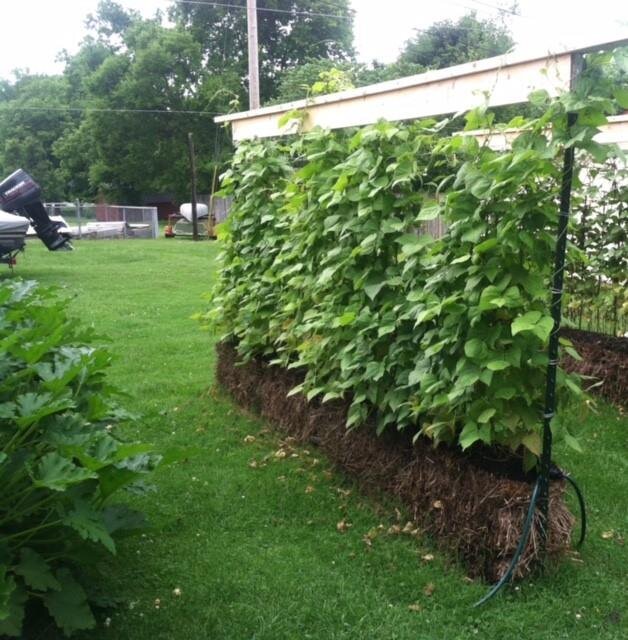
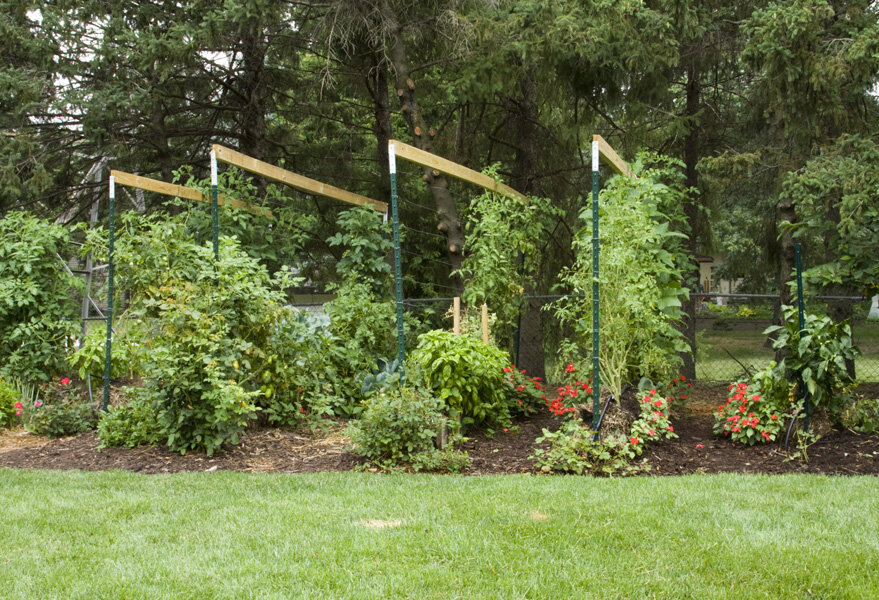
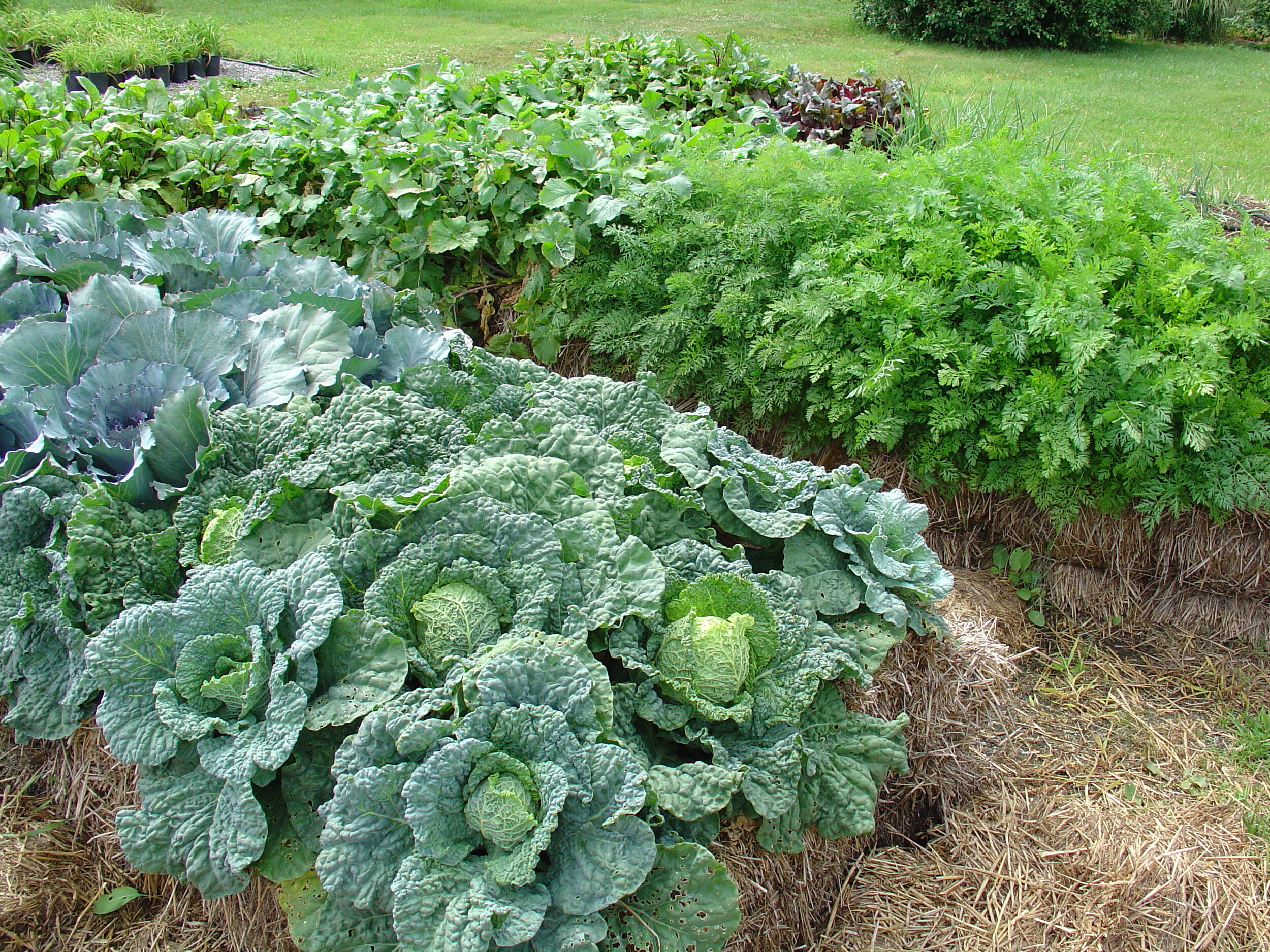
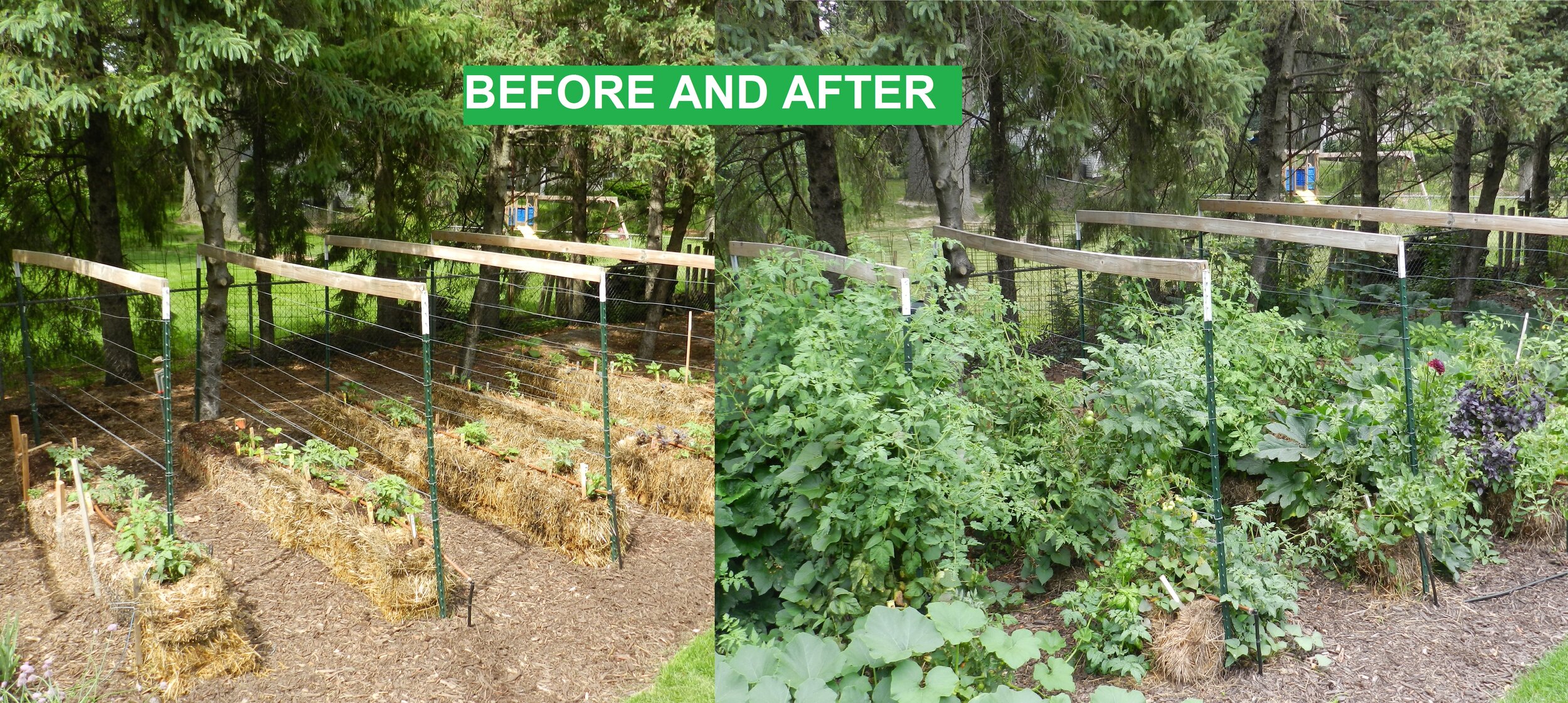

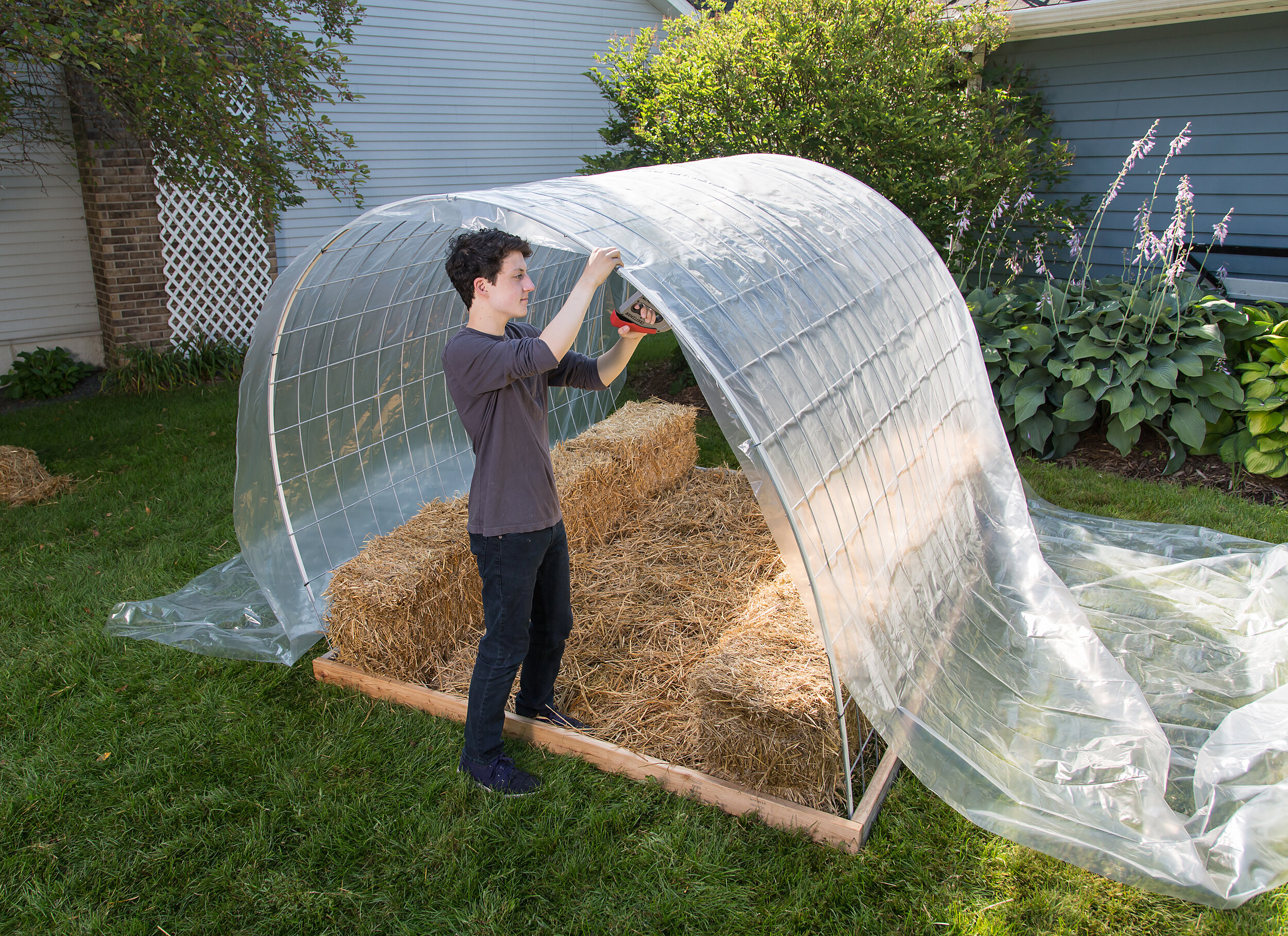
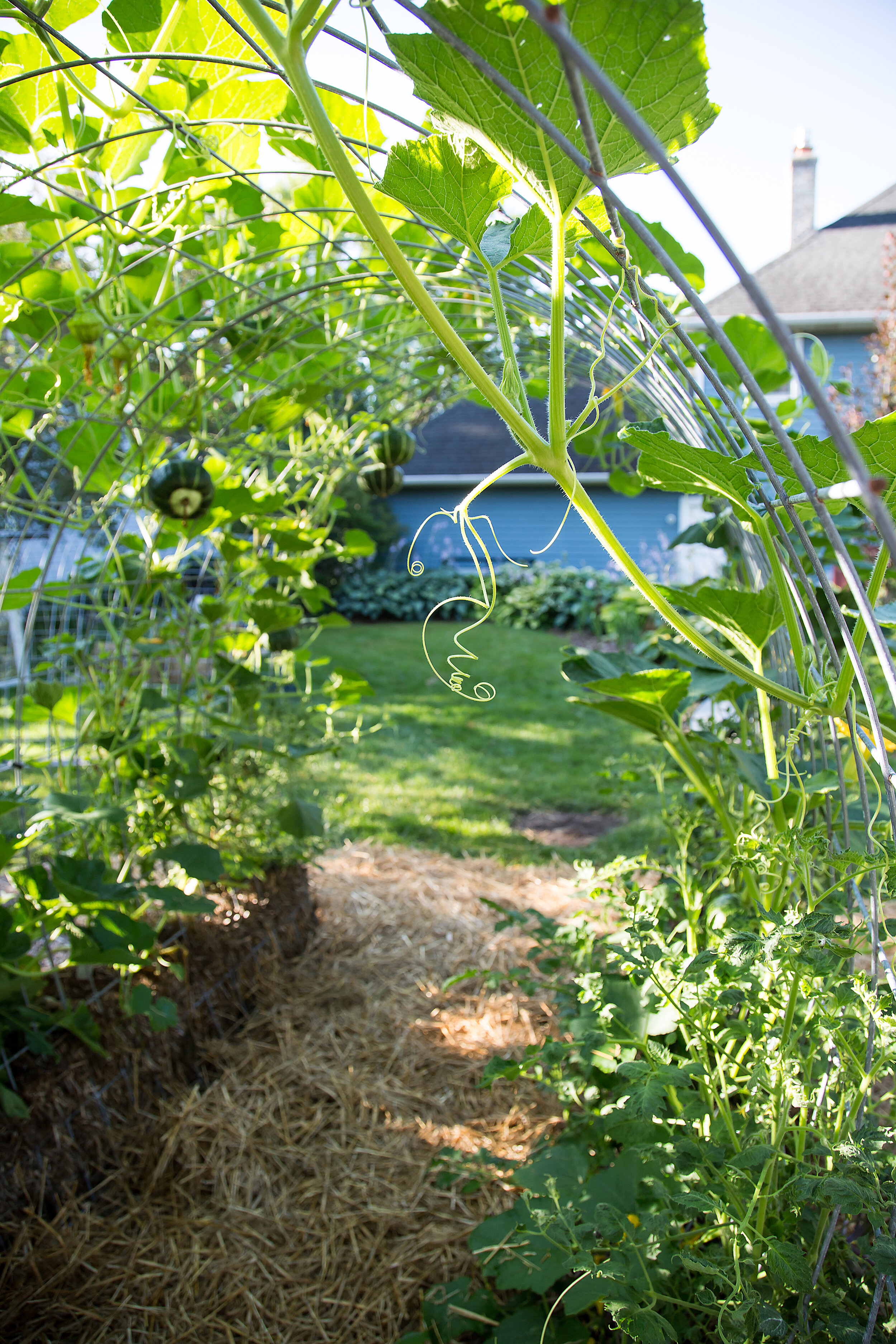
How to Grow in Straw Bales
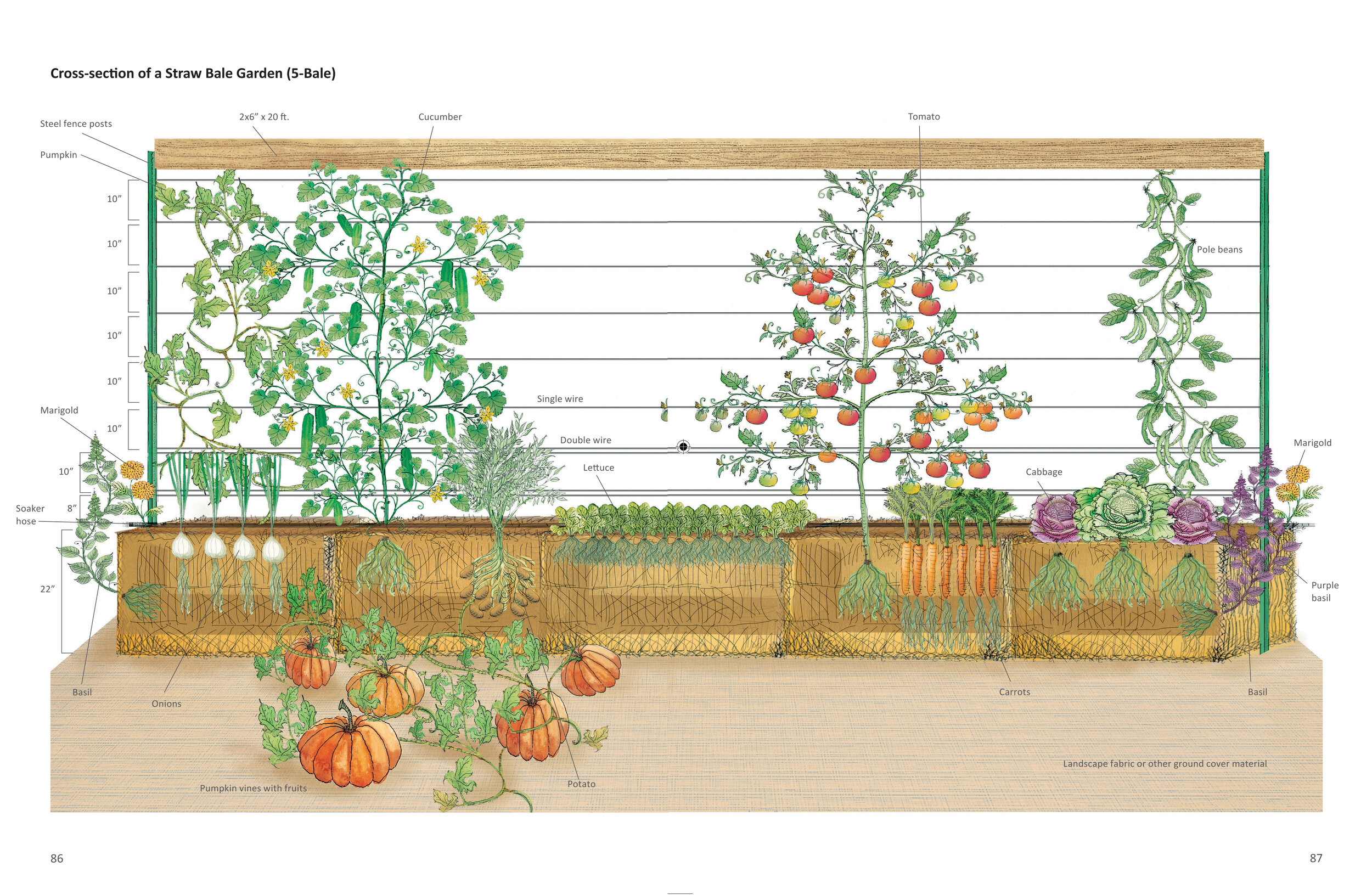
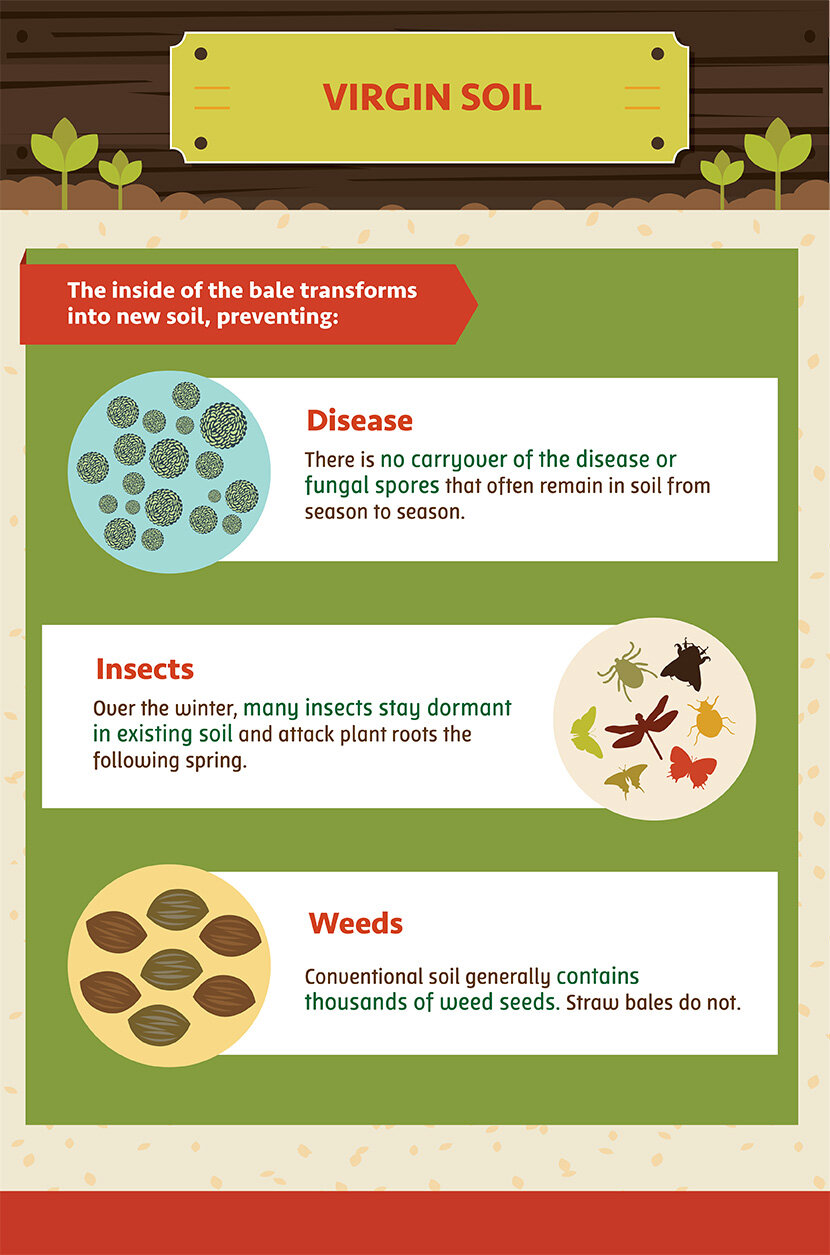
Joel Karsten’s TEDx Talk About Straw-Bale Gardening
Farm the City, Garden with Grains
Farm the City
Our first guest is farmer, author, and food system activist Micheal Abelman.
Michael is a visionary of the urban farming movement. In addition to his family farm on Salt Spring Island in British Columbia, he’s the co-founder and director of Sole Food Street Farms in Vancouver, an urban agriculture business that provides employment to people managing poverty and addiction. The farm covers 4 acres of land, producing 25 tons of food annually.
The author of many books, his most recent book is Farm The City: A Toolkit for Setting up a Successful Urban Farm.
The book, a tool kit for food activists, shares ideas about setting up and operating an urban farm including finding land, choosing crops, marketing and fundraising, and community engagement.
Gardening with Grains
In the second half of the show, we chat with horticulturist and foodscaping expert Brie Arthur about her new book, Gardening with Grains.
Brie is an advocate of including food plants in the landscape, and a proponent of planting edibles within traditional ornamental landscapes.
Brie gives advice for growing grains from planting to harvest. Ever thought of growing barley? It gives a whole new meaning to the term “beer garden!”
Brie previously joined us on the show to talk about her book The Foodscape Revolution.
Hens, Hay, and How to Cook Cardoon
Food writer Signe Langford joins us from Port Hope, Ontario to talk about her passion for growing food, her food garden, cooking, and how her garden connects her with her community.
Hay
A fan of straw-bale gardening, Signe talks about how she experimented last year using bales of alfalfa hay instead of straw bales. Hay is normally NOT recommended for the straw-bale technique because all of the grass seeds within can make a bale look like a big chia pet. Signe tells us how that went. She was pleased with the results.








Hens
Signe is the author of Happy Hens & Fresh Eggs: Keeping Chickens in the Kitchen Garden.
The author of the book Happy Hens and Fresh Eggs: Keeping Chickens in the Kitchen Garden, Signe considers chickens to be, “a symbiotic member of the garden.”
She talks about common myths such as noise and smell that she often hears.
Cooking
Signe talks about edible weeds and edible native plants—and her love of the dandelion.
Signe also helps Steven with cooking advice for cardoon, explaining how to make Cardoon Gratin.

